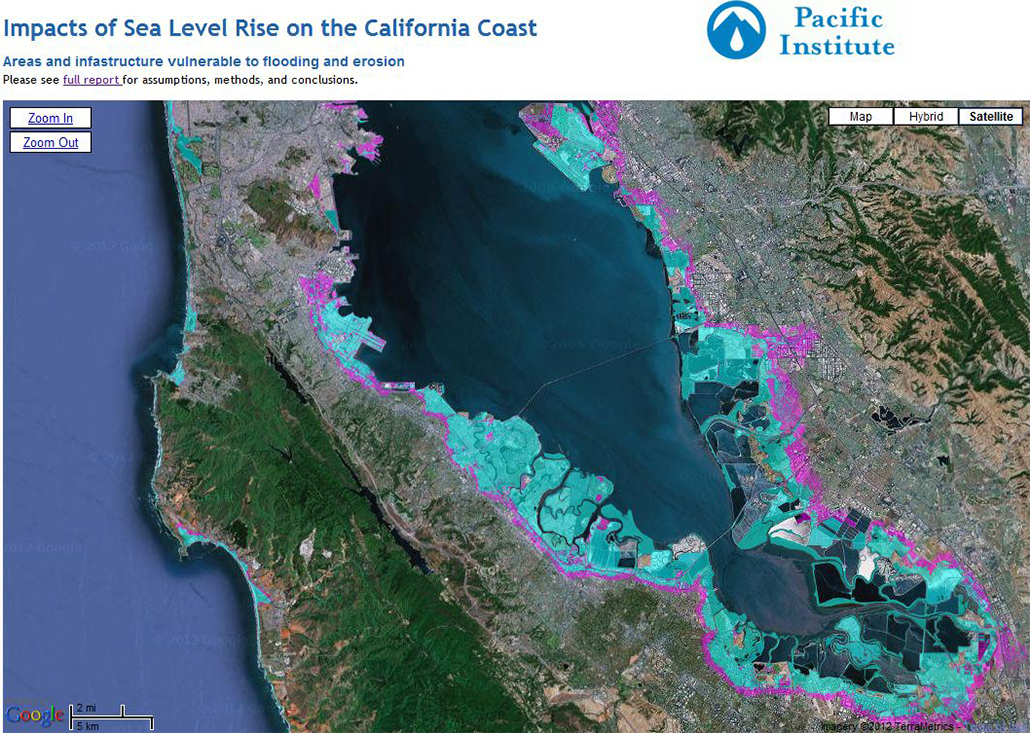Plug-In Electric Vehicle Deployment in California
Place: California • Date: 2008 • Partner: California Electric Transport Coalition
Project Summary
Plug-in electric vehicles (PEVs) are an essential component of California’s path towards meeting its economic and environmental goals. This report presents an economic assessment of statewide deployment of light-duty PEVs. To elucidate the linkages between PEV deployment, economic growth, and job creation, we used a state-of-the-art economic forecasting model to evaluate different scenarios for PEV deployment. Our most salient findings are summarized below:
Main Findings
- Light-duty vehicle electrification can be a potent catalyst for economic growth, contributing up to 100,000 additional jobs by 2030.
- On average, a dollar saved at the gas pump and spent on the other goods and services that households want creates 16 times more jobs.
- Unlike the fossil fuel supply chain, the majority of new demand financed by PEV fuel cost savings goes to in-state services, a source of diverse, bedrock jobs that are less likely to be outsourced.
- Individual Californians gain from economic growth associated with fuel cost savings due to vehicle electrification, whether they buy a new car or not. As a result of light-duty vehicle electrification, the average real wages and employment increase across the economy and incomes grow faster for low-income groups than for high-income groups.
PEV adoption stimulates economic growth by promoting transport efficiency, reducing the cost of transportation fuel, reducing carbon fuel use, and saving money for households and enterprises. These savings return as different expenditures that are, on average, more job-intensive and less import-dependent than the petroleum fuel supply chain. Consequently, the new expenditures have stronger “multiplier” effects on state product and create many more jobs than they displace.
For all these reasons, scenarios that promote adoption and diffusion of PEV technologies will enable California to enjoy significant reductions in energy dependence and global warming pollution, while stimulating its economy and statewide employment with the resulting fuel savings.
Most Recent Entries

Low Carbon Biomass Conversion in the Sierra Nevada







